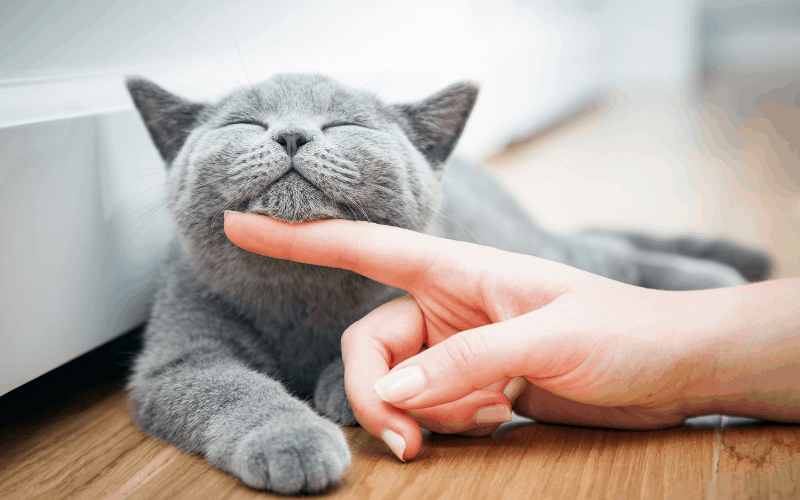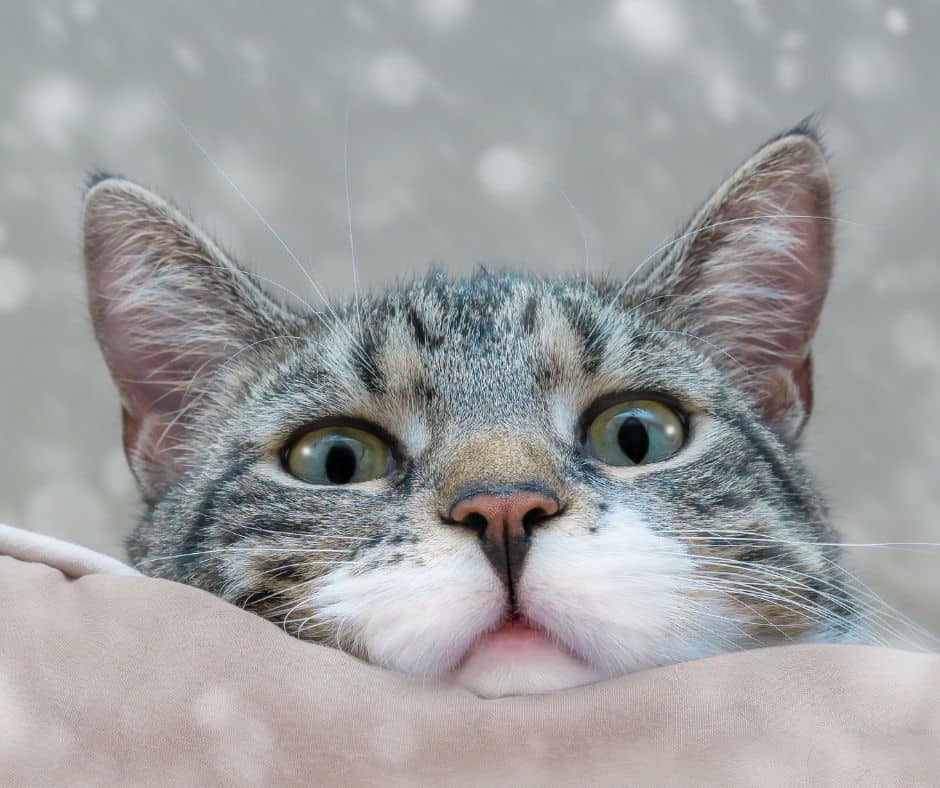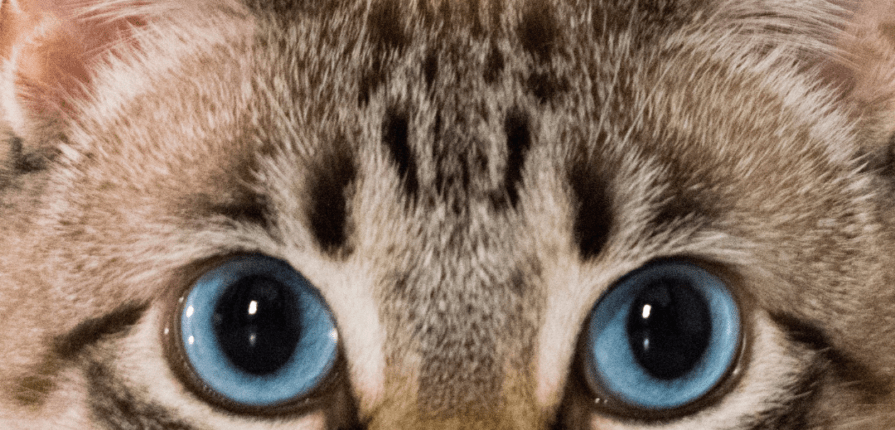
So let’s all agree, cats are all very different. Some say the color determines the attitude. Some swear that female orange cats are always jerks, tortoise shells are all super sweet, and calico cats are… extra spicy. Myths about kitties and their behavior abound- that they need to be outdoors, that they’re less needy than dogs. Whatever you think you know, it’s all different and so are they. These are some facts that you may find as mysterious as your cat’s mind and behavior- and that will give you things to think about.
1. They wake you up at night to be helpful. Really!
Think of the time when, in your sound sleep, your cat woke you up with a gentle paw to the side of your face and a deep loud purr. You get annoyed at them for waking you and think they are hungry at the most grotesque time of the night. More than likely though, you were talking in your sleep or grunting from a dream or the all unnatural REM snore where they feel you are in need of intervention. Next time, thank them, don’t get up and feed them, pull them close for a gentle petting and you can avoid creating a behavior you may regret in the future.
2. Cats can read our minds? Maybe…
Some say that cats have insight and sixth sense for what we are thinking. Maybe, but more likely they are highly intelligent and a repetitive behavior on our part creates a pattern in the cat’s mind. For example, going to the vet the first time may be simple. The purring cat in your arms gently goes into the carrier and becomes a simple trip to the vet. The trauma of the vet visit, though not traumatic at all usually, now became a bad experience that all started with that carrier. Next trip to the vet becomes a bloody scratching match that ends in more trauma and your blood shed as well as that of the veterinary staff. The end of simple and the start of the end of smooth trips to anywhere.
Now you take the carrier out and they “read your mind.” They run. They hide. They hiss and they bite. To avoid this behavior and destroy the theory of mind reading, switch up your behavior so they can’t predict what will happen by your facial expression and behavior. Keep the carrier somewhere else each month and make it a pleasant place to sleep sometimes. Keep toys in it as a toy box or catnip in it once in a while. Reinforce the pleasantry with a treat placed in the carrier as a reward for going in when directed. Two can play this game.
3. Cats are not low-maintenance pets
Your cat may not beg you to take them out for walks or pool time, and you can slap their food in an automatic feeder, but just because you don’t have to leash them up doesn’t mean they’re low-maintenance. In fact, believing they don’t need as much attention as your pups do can be harmful to them. Cats love their routines. Leaving them alone with their water fountain and food dispenser for the weekend sounds doable (and some kitties may show their appreciation by eating up all of their siblings’ food, too), but they can get into a lot of trouble on their own and can also have separation anxiety. They just show it differently than our pups do. And what happens if your power goes out? Make sure you hire a pet sitter when you go on your trips. We’ll make sure they’re eliminating properly, have enough fresh water, and all of the love they allow.
4. Cats should not live outdoors
Indoors or outdoors- which kitty do you own? Indoor kitties get a bad rap- momma’s boys and girls, sheltered, not earning their keep. But we’re part of the camp that thinks all cats should live indoors. There are so many reasons for this. First, letting your cats live outdoors might mean a lot of entertainment with lizard and bird nabbing. And you might think that your indoor kitty is soooo bored. But, allowing cats to live outdoors increases their risk of being injured and exposed to infectious diseases such as feline leukemia virus (FeLV) and feline immunodeficiency virus.
An indoor kitty can’t get into fights with strange animals, can’t get bitten by poisonous snakes, and won’t get run over, either. Also remember that people put poison traps out for rats, and your cat might catch one of these and become poisoned themselves. Indoor cats have a much higher life expectancy (and it helps local wildlife when outdoor cats are shut away). The indoor cat life is good, as long as you make it enriching. Read our post on how to keep your indoor cat healthy and entertained. Seriously-your kitty will love you for it.
5. Indoor cats still need to go to the vet and get their shots!
Of course, now that you’ve been responsible and kept your kitty indoors, you figure they’re safe and don’t need shots and stressful trips to the vet*. Well, not exactly. You still need to give your kittens and cats their routine vaccines and dewormers. One of the most important shots for kittens up to 16 weeks is FVRCP (which stands for Feline Viral Rhinotracheitis/Calicivirus/Panleukopenia), which is considered a core vaccination for all cats regardless of where they live. And while you’re saving your kitty from diseases, parasites, cat fights, predators, and cars, the other side of the coin is that kitty may face obesity, diabetes, and dental disease.
Both indoor and outdoor cats still have to worry about things like cancer, arthritis, and hyperthyroidism… so your safest bet is to take your cat to your trusted veterinarian yearly to make sure they’re in great health. This is a good way to catch problems in their infancy and give the appropriate medications and treatments. Your kitty will thank you for it!
*Trips to the vet don’t need to be stressful. Stay tuned for our post on how to get your cat to the vet in a gentle, Fear-Free way!
Squash the kitty myths and we can get more adopted. There are so many that make such great companions. Give them a try and let us know what other mysteries they provide us.


